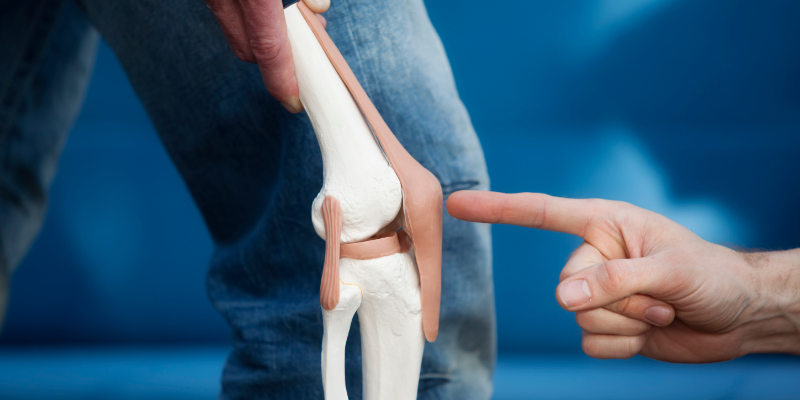Bone Tumor Surgery
Bone Tumor Surgery Treatment

Treatment Range Hospital in Hyderabad offers specialized bone tumor surgeries for both benign and malignant conditions, providing expert care from diagnosis to treatment. Our orthopedic oncology team performs biopsies, curettage, and resections using advanced techniques to safely remove bone tumors while preserving maximum limb function and strength.
We use cutting-edge diagnostic tools, including MRI, CT scans, and biopsy procedures, to plan the most effective surgical approach. Whether it’s removing benign tumors like osteochondromas or managing malignant tumors with limb-sparing resections, our focus is on achieving complete tumor removal with minimal impact on mobility. Post-surgical care includes rehabilitation and, when required, coordination with oncology teams for adjunct therapies.
If you’re looking for bone tumor surgery in Hyderabad, Treatment Range Hospital is a trusted center for comprehensive orthopedic oncology care. Our skilled surgeons, modern facilities, and patient-centric approach ensure safe, effective treatment and improved quality of life.
- Your 6 - Phase health Process
Your Complete Bone Tumor Surgery Journey
🩺Phase 1: Symptoms Identification
- Persistent bone pain
- Swelling or lump over a bone or joint
- Restricted joint movement or limp
- Unexplained fractures or bone weakness
- Weight loss or fatigue
🔬Phase 2: OPD Consultation with Orthopedic Oncologist
- Detailed clinical history and examination of swelling or pain
- Assessment of mobility, weight-bearing, and neurological function
- Basic X-rays to detect bone lesions or changes
- Review of family history or prior cancer conditions
📝 Phase 3: Diagnosis & Staging
- Biopsy (core needle or open) to determine tumor type
- MRI or CT scan to assess size, location, and soft tissue involvement
- Bone scan or PET scan to check for spread (metastasis)
- Tumor grading: Benign, borderline, or malignant
- Multidisciplinary tumor board review (if malignant)
🔧Phase 4: Treatment Plan
- Osteotomy Surgery: A precise cut is made in the bone (typically tibia or femur)
- Bone is realigned to shift weight from damaged to healthier cartilage areas
- Fixation with metal plates, screws, or sometimes external frames
- Goal: Delay or avoid joint replacement and preserve natural joint function
🏥Phase 5: Post-Surgery Care
- Hospital stay: 2–4 days
- Wound care and monitoring for signs of infection
- Partial weight-bearing with crutches or walker for 6–8 weeks
- Start physiotherapy early to maintain joint mobility and strengthen muscles
- Pain relief and blood clot prevention medications as prescribed
💪 Phase 6: Recovery
- Return to desk work/light activities: 6–8 weeks
- Return to sports/heavy activity: 6–12 months
- Improved joint alignment reduces pain and delays arthritis progression
- Regular follow-up X-rays to monitor healing and implant stability
Insurance Support










- Why Choose Us
Why patients trust us with their care
- Patient Testimonials
Patient stories of care and recovery










- Frequently Asked Questions
Helping you understand Our healthcare
An osteotomy is a surgical procedure where a bone is cut and realigned to correct deformities (like bow legs or knock knees) and shift weight away from damaged areas of a joint. It helps preserve the natural joint and delay the need for joint replacement.
Ideal candidates include:
• Younger, active patients (under 60)
• Early-stage arthritis affecting only one side of the joint
• Limb deformities causing uneven load on joints
• Good overall bone quality and joint mobility
- Knee (High Tibial Osteotomy): Corrects bow legs or knock knees
- Hip (Periacetabular Osteotomy): For hip dysplasia
- Other areas like ankle or elbow (less common)
The surgeon makes a controlled cut in the bone, repositions it to the correct alignment, and secures it with plates, screws, or sometimes external fixators. The procedure redistributes weight to healthier cartilage areas in the joint.
Recovery timeline:
- Partial weight-bearing: 6–8 weeks
- Return to light activities: ~2–3 months
- Full bone healing and return to sports: ~6–12 months